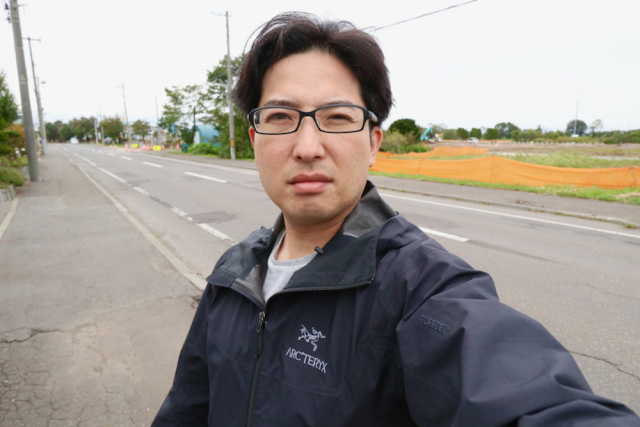
Modern conveniences are returning to parts of Hokkaido, but there’s still much to be done.
K. Nagahashi is a long-time correspondent for our Japanese language site who lives in Eniwa City in the northern island prefecture of Hokkaido. The epicenter of the 6 September 6.7 earthquake was about 35 kilometers (22 miles) from where he lives, causing large-scale damage and a loss of services such as electricity.
On the day of the quake, Nagahashi’s power was also taken out, but luckily was reconnected by the evening of the same day. However, many traffic lights in his area were still dark. After stocking up on the essentials along with everyone else in long lines, he decided to stay at home for the next few days.
▼ Tsuruha Drug Store, Day 1
A risk of aftershocks was certainly a part of the reason not to make any unnecessary trips, but Nagahashi was also trying to conserve gas as much as possible. Unlike the densely packed urban centers of Japan, cars are a necessity here in order to get anywhere, or leave if need be.
Because of this, gasoline is something a lot of people took for granted until its true value suddenly became very apparent. Every day an unbelievably long line of cars stretched down the road to stock up on fuel.
▼ The line for gas is so long, you can’t even see what they’re lining up for at the end.
On the fourth day (9 September), Nagahashi decided to join them and found that the whole process was, by this time, surprisingly smooth and quick.
The station attendant told him, “I think it’s going to be okay, because fuel has been arriving from Honshu [the main island of Japan].” Pulling out of the station it also dawned on Nagahashi that the traffic lights were almost all up and running again.
On his way home, he decided to make a quick stop at a home appliance store for some supplies. However, at the entrance they had a handwritten sign set up announcing everything that had already been cleared off the shelves.
▼ “Sold Out Report: D batteries, hand crank radios, battery powered USB chargers, LED lamps, pocket radios, gas stoves and refill cans.”
According to the sign, the store was only going to be open until 3 p.m. for the time being. Without much to show for that trip, Nagahashi went home for the day.
The following day, the fifth since the quake, he ventured out to a convenience store. The first day of the quake resulted in a large rush on all corner stores leaving shelves bare, but on this day there were a few items returning. It wasn’t much but it was a start.
The clerk told Nagahashi, “The nearby supermarket has begun putting new food on shelves, so I think we’ll be getting ours soon too. It’s difficult to say for sure though.”
Nagahashi decided to go check out this supermarket and see how it was looking. Sure enough, as the convenience store clerk had told him, shelves were beginning to fill up again. Freshly made food items like onigiri could be found along with milk, bread, and instant noodles, all of which were a sight for sore eyes for the many customers that could be seen inside.
There were still a lot of conspicuous gaps along the shelves, but Nagahashi had also arrived right when they were opening for business. Staff were still stocking shelves while he was there, so the situation might have been even better by the afternoon.
It was a comforting trip, giving Nagahashi a sense that by 10 September, things in Eniwa were already returning to normalcy. The worst of it might be over after all, but he was still mindful of the other areas of Hokkaido that weren’t so lucky and the people who lost much more than services during this disaster. Hopefully, they too can begin their road to recovery without any further trouble.
Photos ©SoraNews24
[ Read in Japanese ]

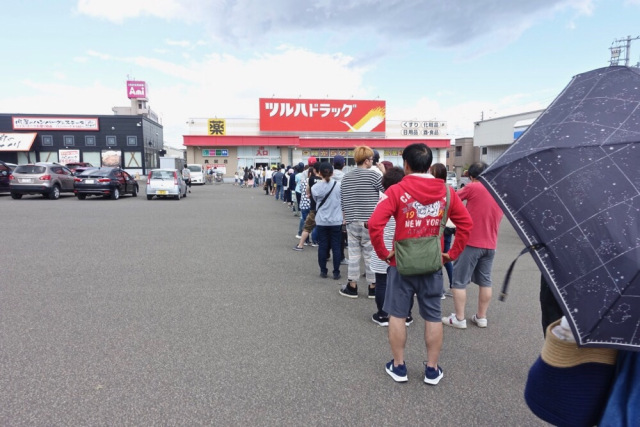
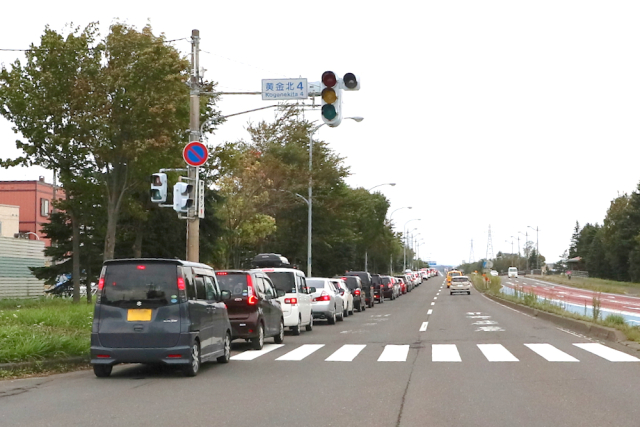
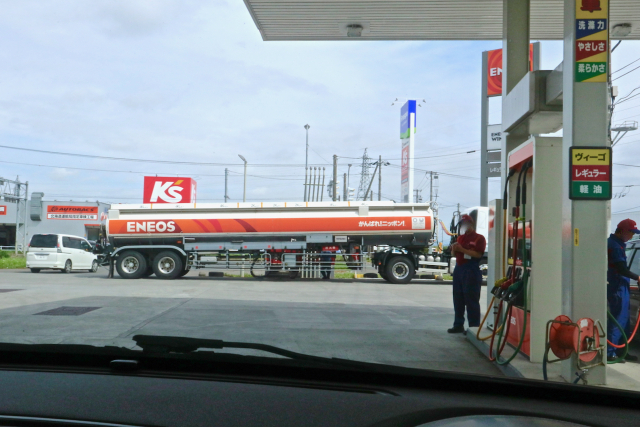
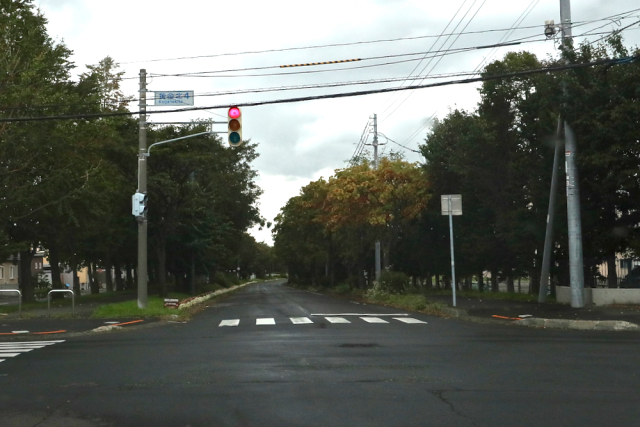
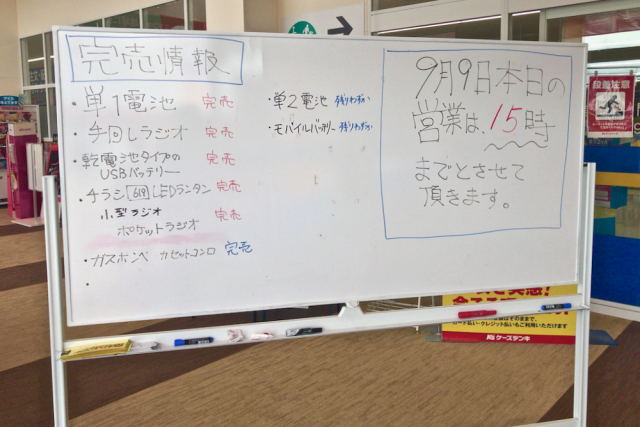
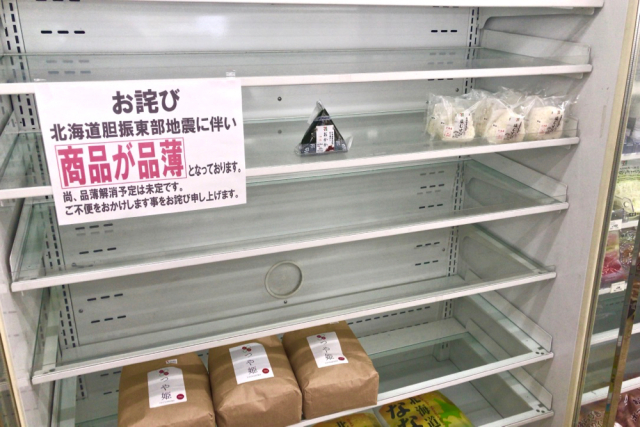
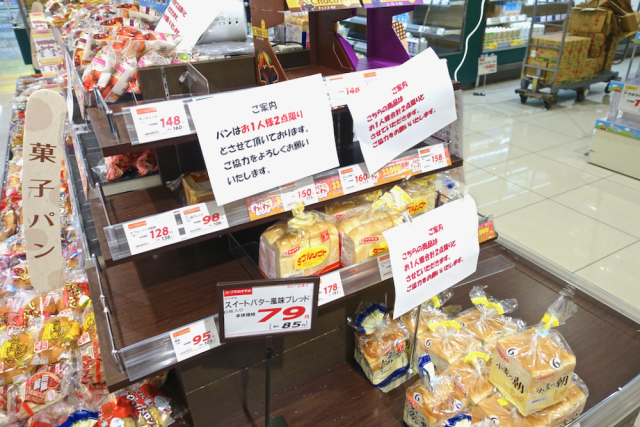

 Strong earthquake hits Hokkaido in Japan, dozens missing and injured
Strong earthquake hits Hokkaido in Japan, dozens missing and injured Osaka earthquake: Scenes show damage from strongest tremor to hit the region in decades
Osaka earthquake: Scenes show damage from strongest tremor to hit the region in decades People affected by Hokkaido earthquake stock up on everything but Peyang’s ultra-spicy noodles
People affected by Hokkaido earthquake stock up on everything but Peyang’s ultra-spicy noodles Private booths are coming to Japan’s Shinkansen bullet trains even sooner than we’d thought【Video】
Private booths are coming to Japan’s Shinkansen bullet trains even sooner than we’d thought【Video】 Japanese beef bowl chain Sukiya’s 2026 Smile Box lucky bag basically pays for itself
Japanese beef bowl chain Sukiya’s 2026 Smile Box lucky bag basically pays for itself Rakuten randomly offers 58 New Year’s osechi feasts in Japan, but did we get a star or a dud?
Rakuten randomly offers 58 New Year’s osechi feasts in Japan, but did we get a star or a dud? The Purple Lucky Bag from Village Vanguard is an extra-large waste of money
The Purple Lucky Bag from Village Vanguard is an extra-large waste of money 7 great places to see Mt. Fuji from without having to climb it
7 great places to see Mt. Fuji from without having to climb it Totoro sequel anime Mei and the Baby Catbus will screen at Ghibli Park this winter
Totoro sequel anime Mei and the Baby Catbus will screen at Ghibli Park this winter Four Shinto shrines to pray for love at in Japan to start the New Year
Four Shinto shrines to pray for love at in Japan to start the New Year AKB48 fan shows his love the only way he knows how: By buying $300,000 worth of CDs
AKB48 fan shows his love the only way he knows how: By buying $300,000 worth of CDs Duolingo to open first pop-up store Duomart in Japan for a very limited time next month
Duolingo to open first pop-up store Duomart in Japan for a very limited time next month Super-cheap yakiniku restaurant sells meat by the mouthful to give you exactly what you want
Super-cheap yakiniku restaurant sells meat by the mouthful to give you exactly what you want Starbucks Japan ready to get Year of the Horse started with adorable drinkware and plushies【Pics】
Starbucks Japan ready to get Year of the Horse started with adorable drinkware and plushies【Pics】 Hayao Miyazaki says Happy New Year to Studio Ghibli fans with new art for Year of the Horse
Hayao Miyazaki says Happy New Year to Studio Ghibli fans with new art for Year of the Horse We found possibly the quietest Japanese-style hotel in Tokyo’s bustling Shinjuku district
We found possibly the quietest Japanese-style hotel in Tokyo’s bustling Shinjuku district Cup Noodle tries an authentic Jiro-style ramen, but something’s not quite right
Cup Noodle tries an authentic Jiro-style ramen, but something’s not quite right The best Starbucks Japan Frappuccinos we want to drink again in 2026
The best Starbucks Japan Frappuccinos we want to drink again in 2026 We revisited Sweets Paradise after a decade to see if Japan’s dessert buffet still delivers
We revisited Sweets Paradise after a decade to see if Japan’s dessert buffet still delivers That time Seiji called JASRAC to ask why he didn’t get paid royalties for his song being on TV
That time Seiji called JASRAC to ask why he didn’t get paid royalties for his song being on TV Japan’s oldest largetooth sawfish in captivity back on display in Mie Prefecture
Japan’s oldest largetooth sawfish in captivity back on display in Mie Prefecture Pizza Hut Japan’s hot lucky bags are perfect for a New Year’s pizza party
Pizza Hut Japan’s hot lucky bags are perfect for a New Year’s pizza party 7-Eleven Japan starts new temporary luggage storage service in over 300 branches
7-Eleven Japan starts new temporary luggage storage service in over 300 branches Disillusionment at Tsukiji’s tourist-target prices led us to a great ramen restaurant in Tokyo
Disillusionment at Tsukiji’s tourist-target prices led us to a great ramen restaurant in Tokyo Starbucks teams up with 166-year-old Kyoto doll maker for Year of the Horse decorations【Photos】
Starbucks teams up with 166-year-old Kyoto doll maker for Year of the Horse decorations【Photos】 Tokyo considering law requiring more trash cans following litter increase in heavily touristed area
Tokyo considering law requiring more trash cans following litter increase in heavily touristed area Tokyo’s Tsukiji sushi neighborhood asks tour groups to stay away for the rest of the month
Tokyo’s Tsukiji sushi neighborhood asks tour groups to stay away for the rest of the month Tokyo event lets you travel back in time, for free, to celebrate 100 years since Showa era start
Tokyo event lets you travel back in time, for free, to celebrate 100 years since Showa era start Japan may add Japanese language proficiency, lifestyle classes to permanent foreign resident requirements
Japan may add Japanese language proficiency, lifestyle classes to permanent foreign resident requirements Sanrio theme park in Japan announces plans to expand into a Sanrio resort
Sanrio theme park in Japan announces plans to expand into a Sanrio resort Stamina-destroying “Paralysis Noodles” are Tokyo’s newest over-the-top ramen innovation
Stamina-destroying “Paralysis Noodles” are Tokyo’s newest over-the-top ramen innovation Survey asks foreign tourists what bothered them in Japan, more than half gave same answer
Survey asks foreign tourists what bothered them in Japan, more than half gave same answer Japan’s human washing machines will go on sale to general public, demos to be held in Tokyo
Japan’s human washing machines will go on sale to general public, demos to be held in Tokyo Japan’s deadliest food claims more victims, but why do people keep eating it for New Year’s?
Japan’s deadliest food claims more victims, but why do people keep eating it for New Year’s? We deeply regret going into this tunnel on our walk in the mountains of Japan
We deeply regret going into this tunnel on our walk in the mountains of Japan Studio Ghibli releases Kodama forest spirits from Princess Mononoke to light up your home
Studio Ghibli releases Kodama forest spirits from Princess Mononoke to light up your home Major Japanese hotel chain says reservations via overseas booking sites may not be valid
Major Japanese hotel chain says reservations via overseas booking sites may not be valid Put sesame oil in your coffee? Japanese maker says it’s the best way to start your day【Taste test】
Put sesame oil in your coffee? Japanese maker says it’s the best way to start your day【Taste test】 No more using real katana for tourism activities, Japan’s National Police Agency says
No more using real katana for tourism activities, Japan’s National Police Agency says Starbucks Japan reveals new sakura drinkware collection, inspired by evening cherry blossoms
Starbucks Japan reveals new sakura drinkware collection, inspired by evening cherry blossoms Updated cherry blossom forecast shows extra-long sakura season for Japan this year
Updated cherry blossom forecast shows extra-long sakura season for Japan this year
Leave a Reply